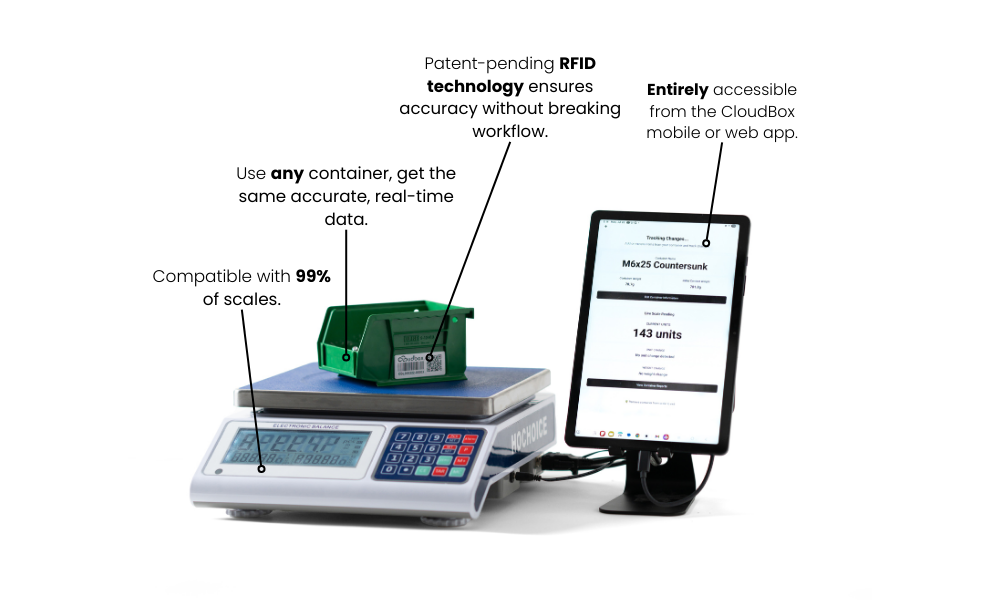
Most warehouse managers know where the issues are. They know where counts go off, where items get misplaced, and where the same problems seem to keep repeating. The problem is not awareness, it is the cost of fixing it.
New systems come with risk. They slow things down. They take time to train. And in a warehouse where everything is already running at full capacity, ripping something out and starting fresh is not realistic.
But improving accuracy does not have to mean starting over.
Use What Works. Fix What Fails.
Chances are, your core system is doing part of the job. Maybe it tracks SKUs well. Maybe it integrates with your ordering platform. Maybe your team is trained and moving quickly. But if your numbers are off, something is getting lost between check-in and checkout.
The key is to target the handoffs. Where product moves without being recorded. Where pallets shift and the log never gets updated. Where cycle counts do not match what is physically there.
Improving those moments is what closes the gap, not a full system overhaul.
Add Visibility Without Adding Overhead
The best operational upgrades are the ones your team does not notice. They just work. They reduce rework. They make the right action the easiest one to take.
Improving accuracy should follow the same rule. Add tools that support your current process, not replace it. Use systems that watch inventory in real time and feed clean data back into the workflow you already use.
You do not need to retrain your team. You just need to show them something they can trust.
Count Less Often, but Know More
The main reason cycle counts happen is because inventory accuracy cannot be trusted. But if your system is giving you clean, current data on its own, you can reduce the number of times you need to shut things down to confirm the obvious.
Accuracy means knowing the number is right when you see it, not needing to prove it twice.
And over time, that adds up to less downtime, fewer surprises, and a more stable operation.
Solve for Accuracy Now, Not Later
The longer bad data lives in a warehouse, the harder it becomes to fix. It affects purchasing, fulfillment, labor, and customer satisfaction. The goal is not perfection. The goal is clean enough to trust.
You do not need to start from scratch. You just need to add the right tools at the right points in the process. Start where the errors happen. Track what is easiest to lose. Build confidence in the system your team already uses.
Better Accuracy Does Not Have to Mean a New System
If you are ready to improve your warehouse tracking without disrupting your operation, CloudBox fits into the workflow you already run. Visit cloudboxapp.com to learn how.
.avif)

.png)




.png)

.png)
.png)




